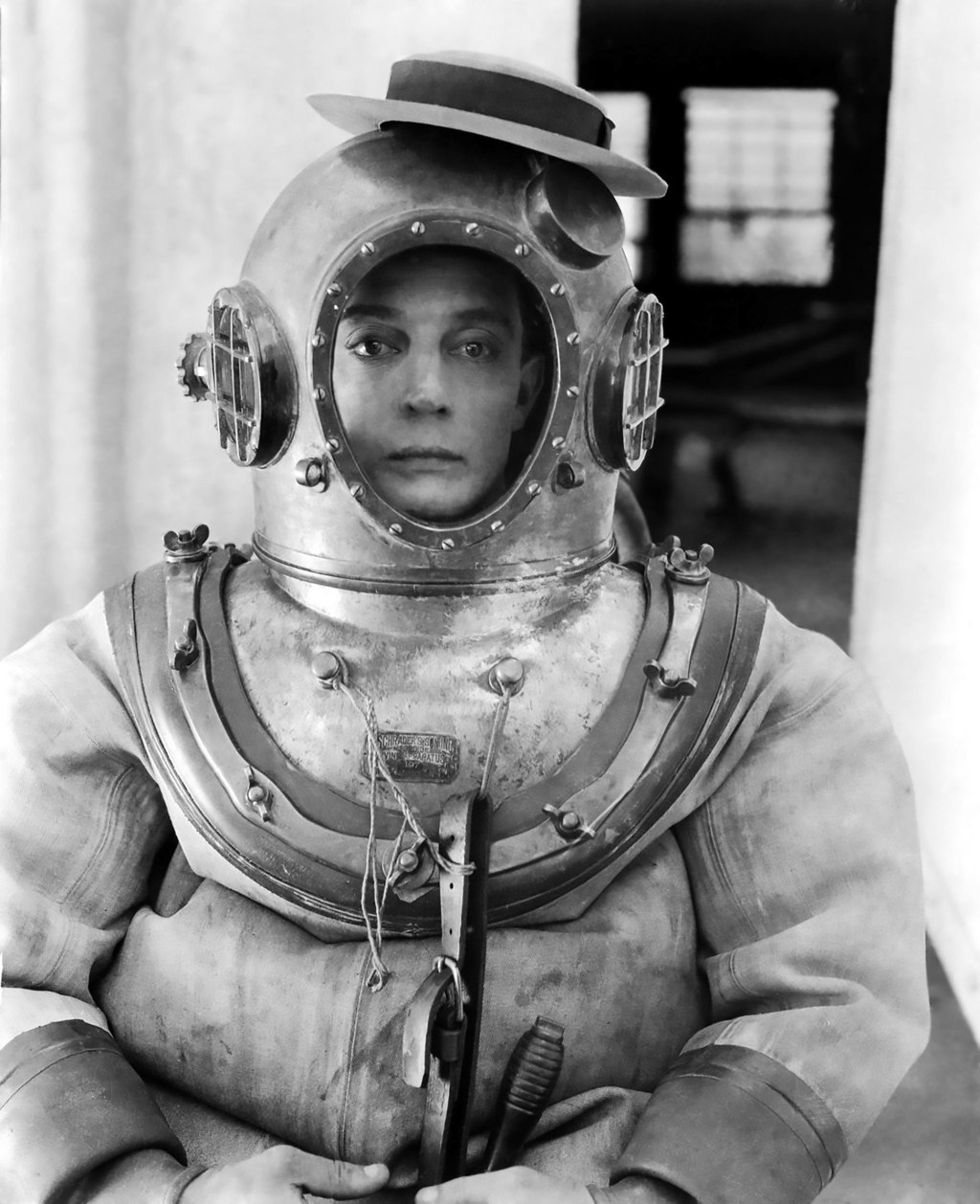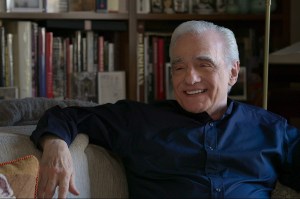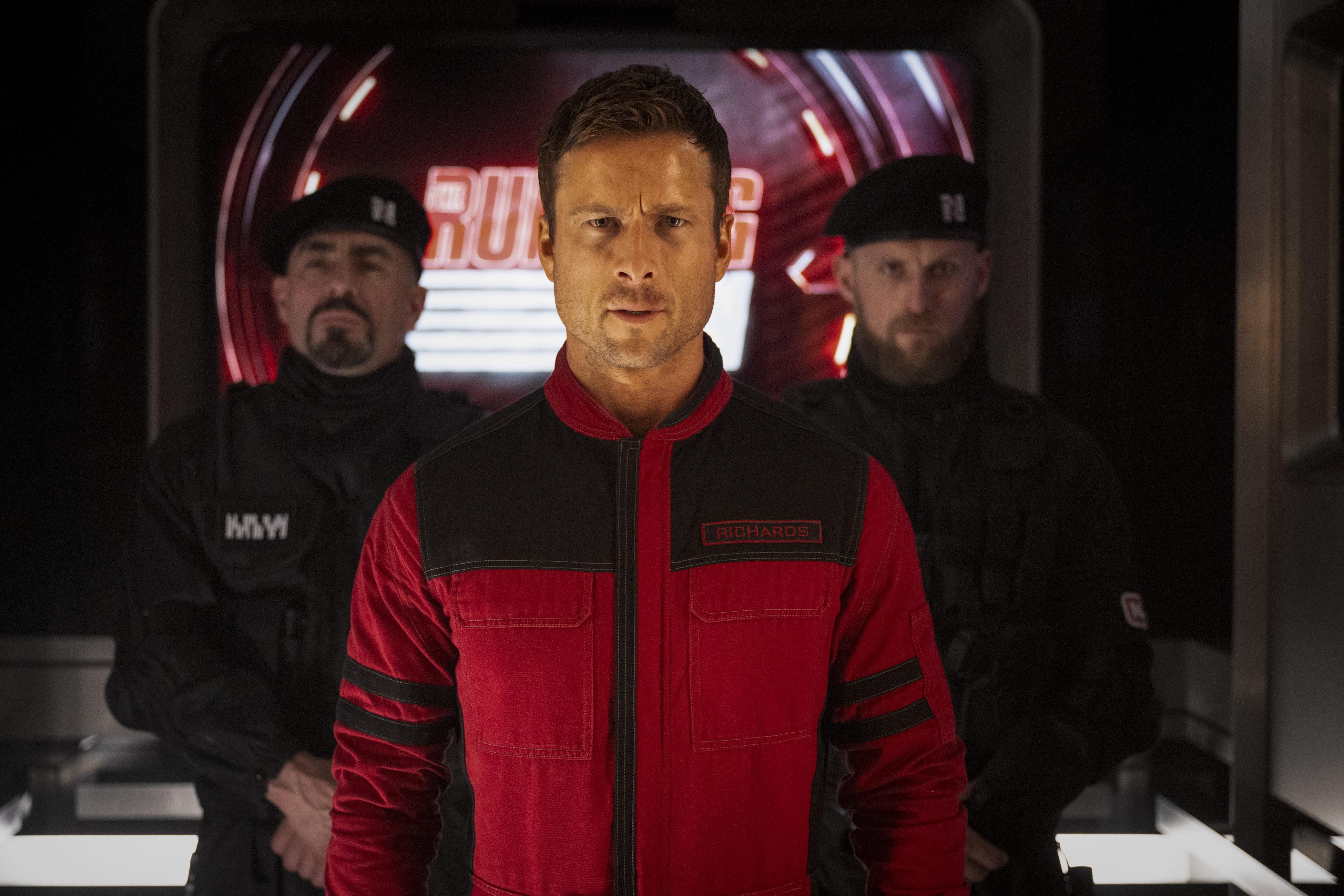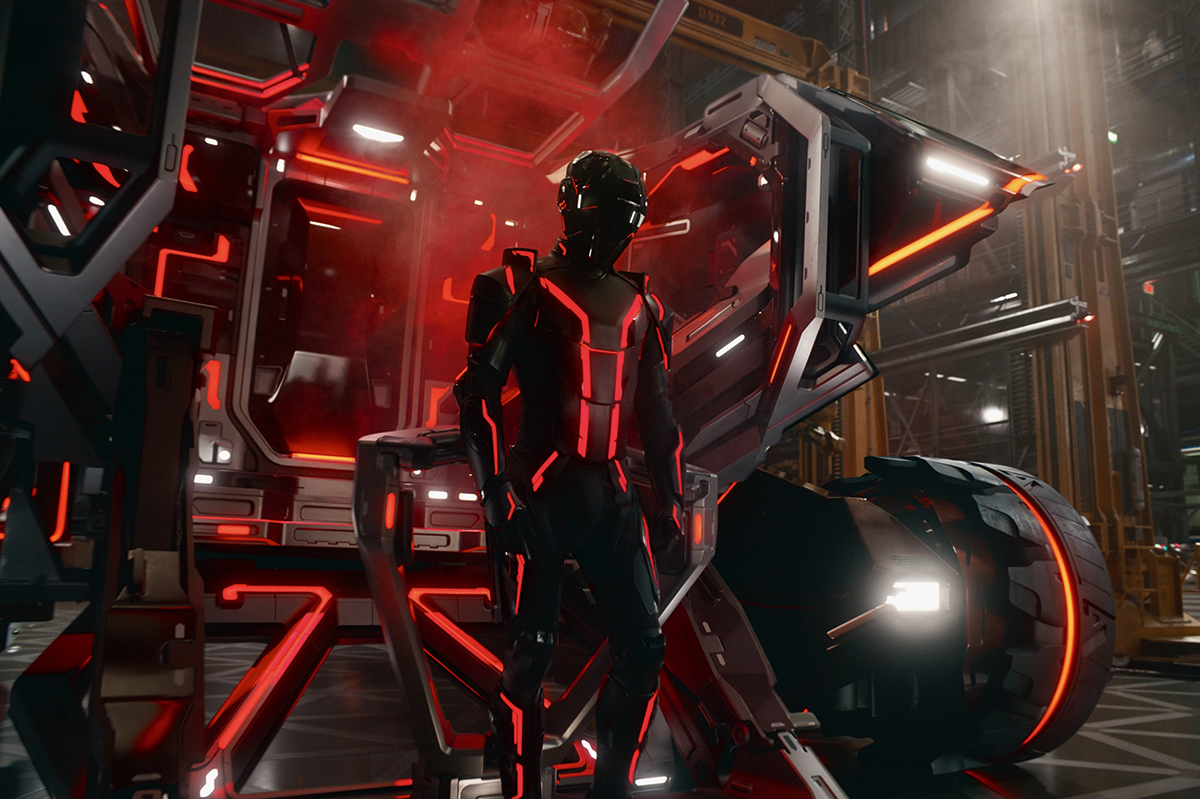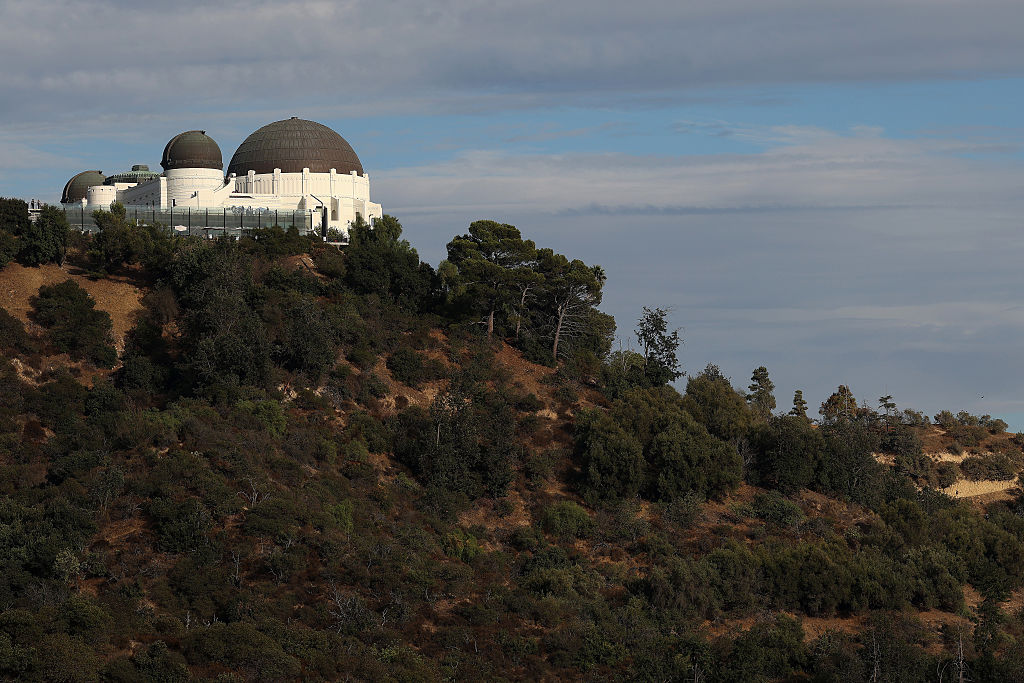When Shakespeare wrote that “some men are born great, some achieve greatness and some have greatness thrust upon them,” the Bard could not have been thinking of Buster Keaton, who was born nearly three centuries after his death.
Yet the idea expressed in that famous line from Twelfth Night — that some men guide their fate while others are controlled by it — carries a curious resonance for fans of the legendary silent performer known for his notably impassive, even indifferent comic persona in masterpieces including The Navigator (1924) and The General (1926). If ever there was a man on whom life, if not greatness, was thrust, it was the one they called the “Great Stone Face.”
Keaton, who was born in 1895 and died in 1966, was part of a generation of legendary silent clowns. Captivating audiences during the same years were the cinematic exploits of Charlie Chaplin, Harold Lloyd and Laurel and Hardy. Looking back on Keaton today, it might seem difficult to discern what set him apart from his peers.
In fact, these performers were as distinct from each other as Lillian Gish was from Greta Garbo. Chaplin was the troublemaker, always getting involved with something screwy; Lloyd was the high-flyer, forever endeavoring to climb the clock tower. For his part, Keaton was the ordinary man to whom things happened — calamitous things, startling things — but who remained unflappable and unperturbable all the same.
For this reason, Keaton seems the most approachable of the silent film stars. His cool indifference to life’s hazards anticipates our own bewildered relationship with a world that seems, by the day, ever more chaotic and confused. Like Keaton, we have become inured to all the craziness. His hip inexpressiveness foreshadows the “turn on, tune in, drop out” generation of the 1960s and the slacker types of the 1980s. It’s easy to imagine Buster Keaton as a character in Jim Jarmusch’s Stranger Than Paradise.
Consequently, Keaton remains perpetually ripe for rediscovery. In 2018, Peter Bogdanovich directed an enthusiastic documentary honoring Keaton’s classic silent films, The Great Buster: A Celebration. Now the comic is the subject of two new books: James Curtis’s Buster Keaton: A Filmmaker’s Life (Knopf), and Dana Stevens’s Camera Man: Buster Keaton, the Dawn of Cinema and the Invention of the Twentieth Century (Atria).
The offspring of the Midwestern vaudevillians Joseph and Myra Keaton, Joseph Frank Keaton — as he was known at birth — was initiated in show business before he was even a year old. From there, Buster spent his childhood being jostled about by his parents on stages throughout the land. “I grew up getting knocked around,” Keaton said in a 1960 interview. It isn’t the sort of upbringing anyone would commend today, but if Joseph and Myra hadn’t put little Buster through his paces, would grown-up Buster have been able to pull off those heart-stopping stunts on screen? Plus, he honed his straight-man instincts. Keaton remarked in 1958: “I also learned that the more serious I took everything, and how serious life was in general, the better laughs I got.”
Indeed, Keaton had the good sense to forsake vaudeville for the shiny new medium of movies. First teaming with his physical and temperamental antitype, Roscoe “Fatty” Arbuckle, in a series of films that began with 1917’s The Butcher Boy, Keaton then graduated to a series of starring vehicles for his remarkable physical dexterity. In 1922’s Cops, Buster, attempting to outrun a gaggle of law officers, waits for a passing car, outstretches his right arm and is carried away by the moving vehicle. In 1924’s Sherlock Jr., having made his way to the top of a moving train, Buster gets off by grappling onto the spigot of a water tank, which, lowered by Buster’s weight, then douses him with a surge of water.
It’s tempting to link these films’ reckless abandon — and Keaton’s own raw guts — with their epoch, one in which death was closer at hand than in our own “stay safe” moment. Maybe Keaton was reconciled to the idea that life was short and thus taking chances in the name of cheap, but lasting, entertainment wasn’t such a big deal.
Talkies were unforgiving for all of the silent clowns, but they were notably so for Keaton. Alas, his speaking voice — cranky and creaky — somehow didn’t match the lithesome, Gumby-like body from which it emanated. He remained a presence on the big and small screen, but a diminished one.
“They didn’t know what to do with him,” wrote Bogdanovich of Keaton’s tiny role in In the Good Old Summertime (1949), one of innumerable talking-era bit parts. Keaton’s cameo in Chaplin’s Limelight (1952) was much lauded, but it has the flavor of a favor. In casting Buster, Chaplin — the film’s powerful star, writer, director and composer — was lending a helping hand to an old rival who was no longer dangerous.
Thankfully, those sterling silents remain, reminding us that neither time nor neglect can chip away at the “Great Stone Face.”
This article was originally published in The Spectator’s April 2022 World edition.



